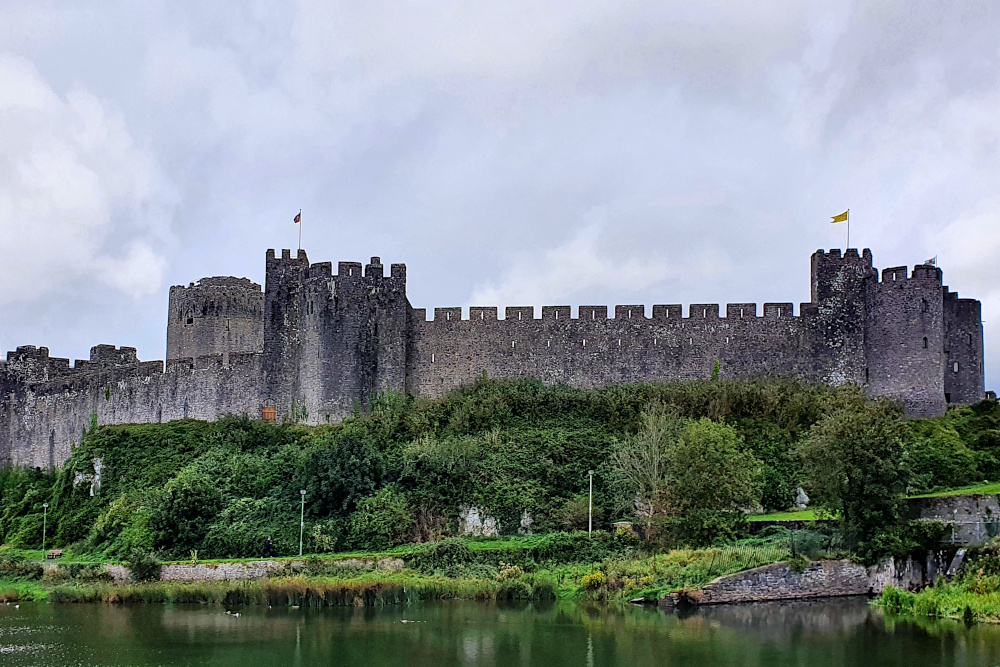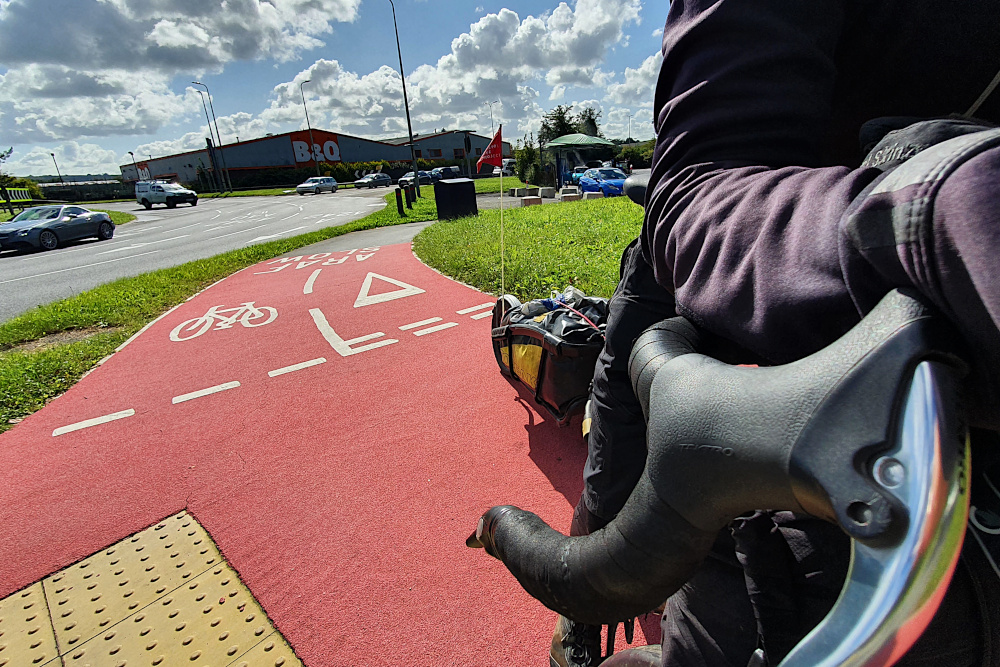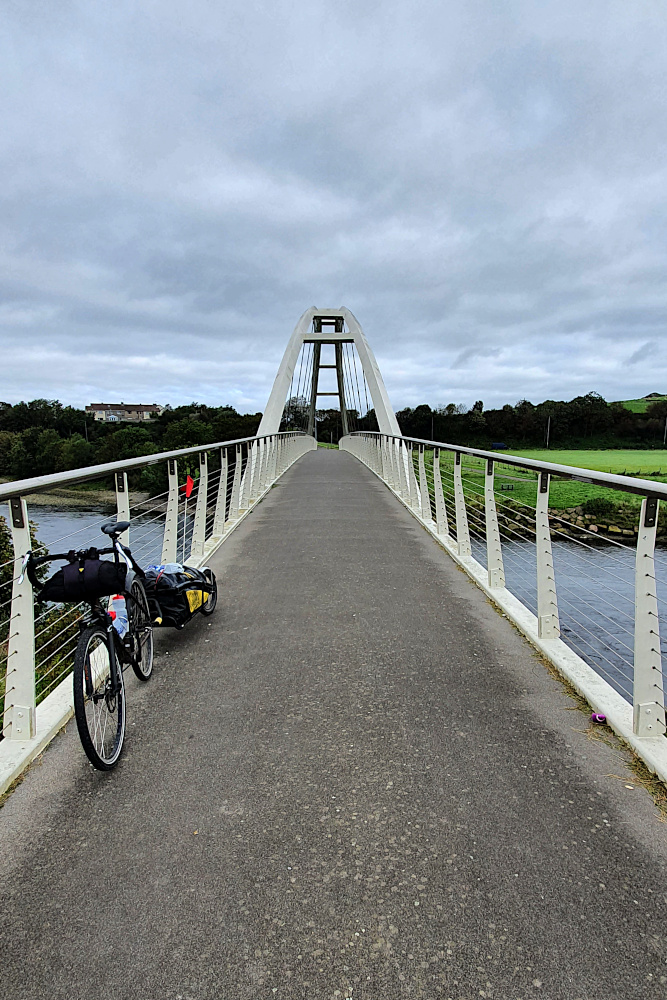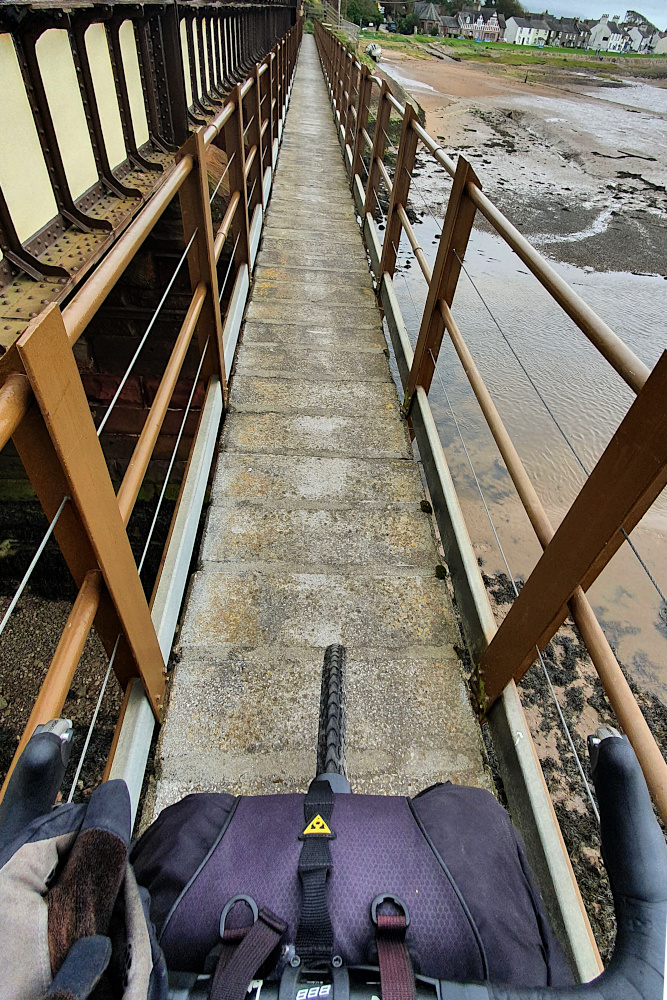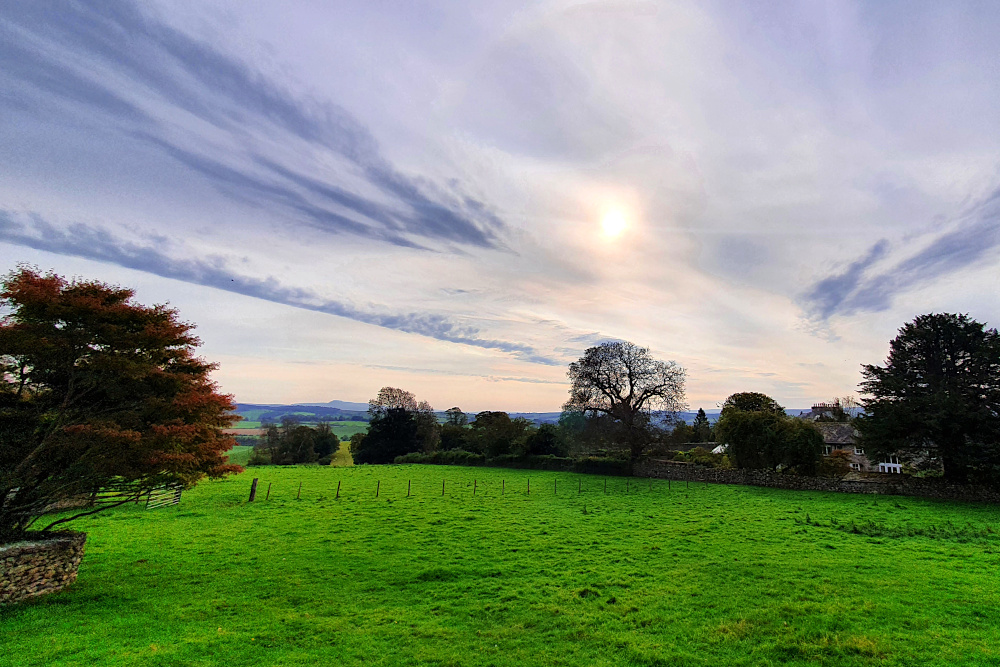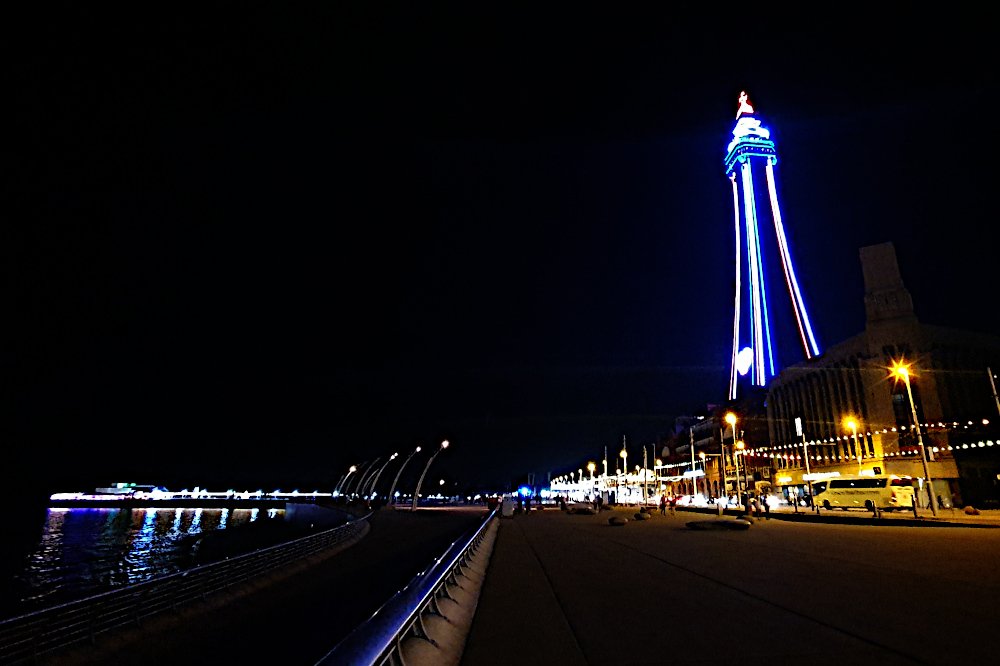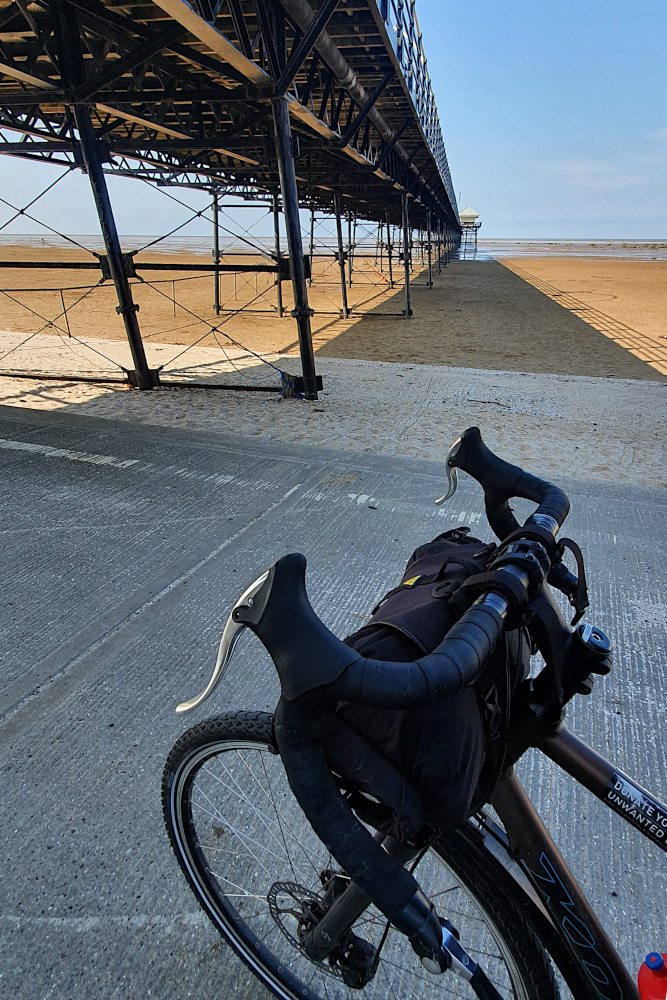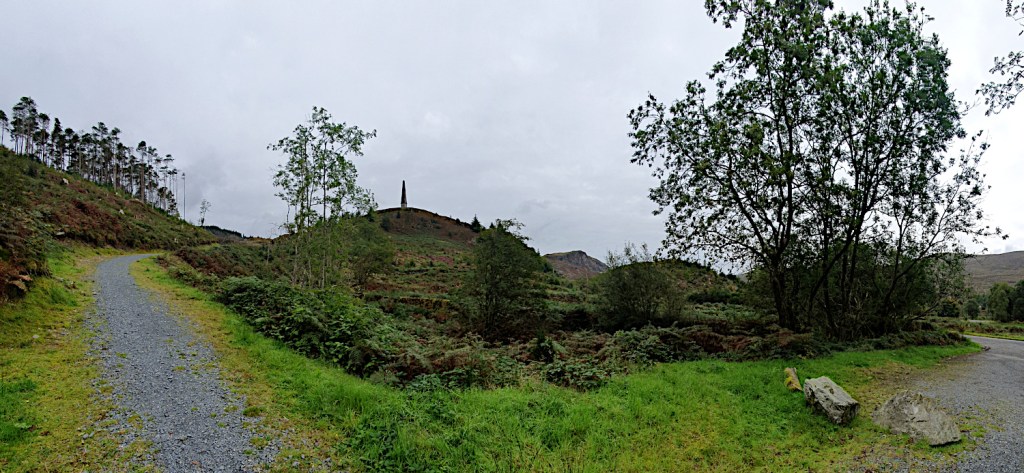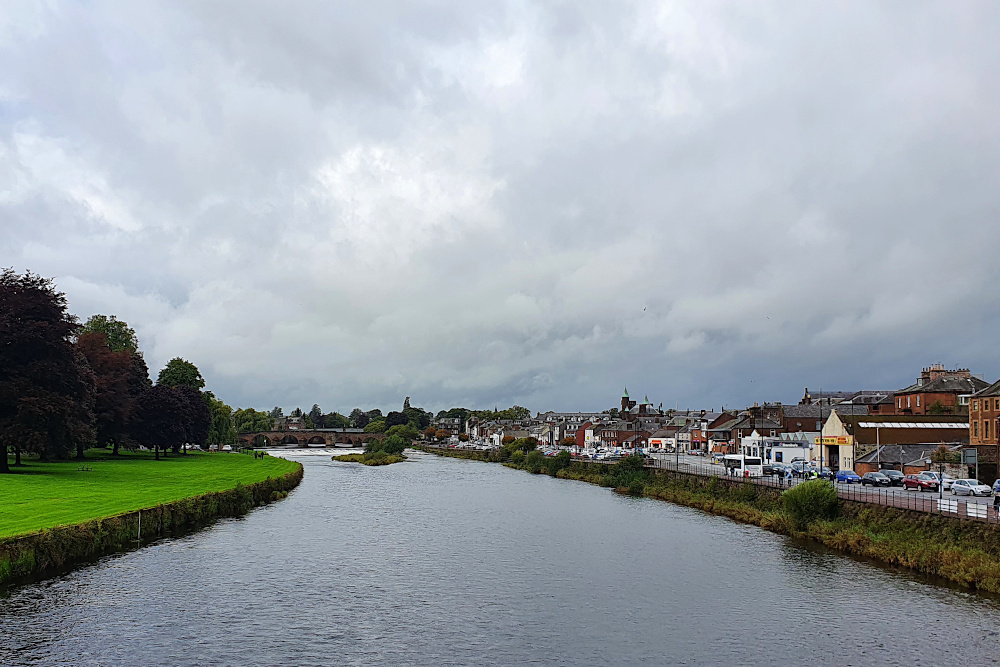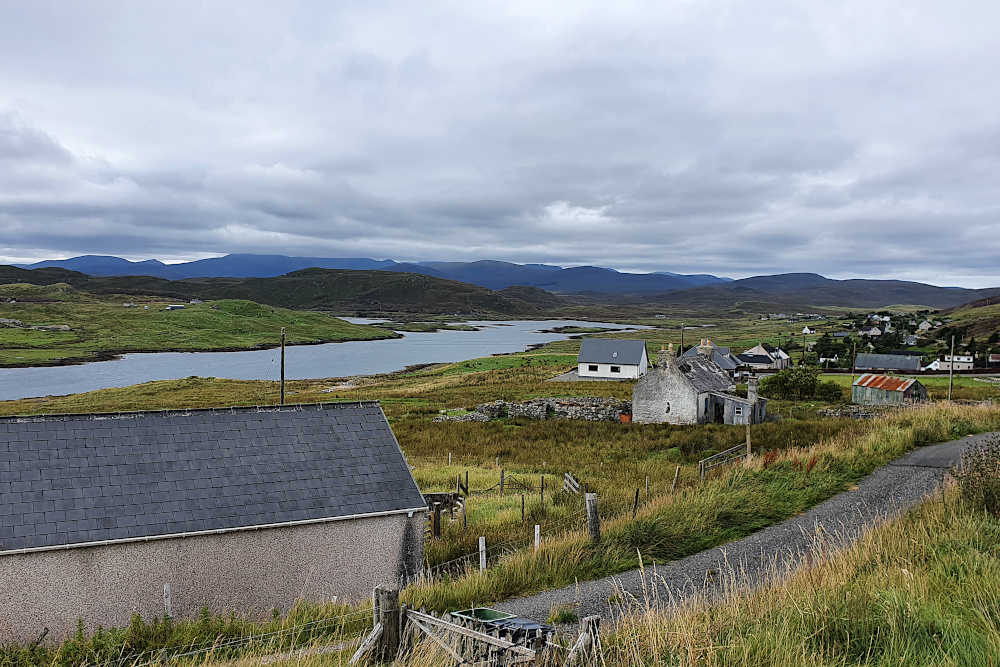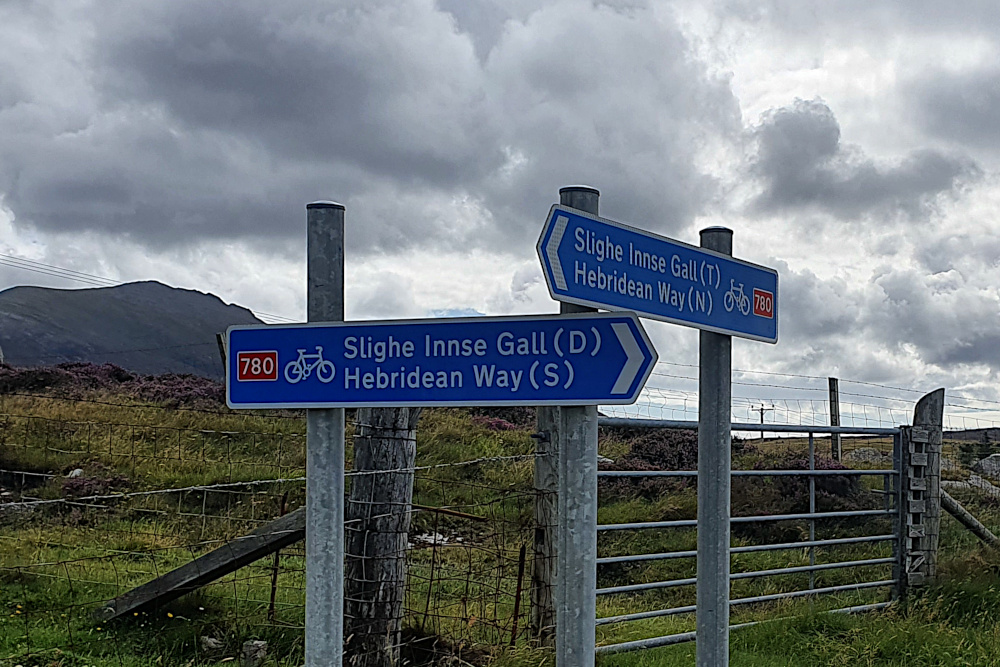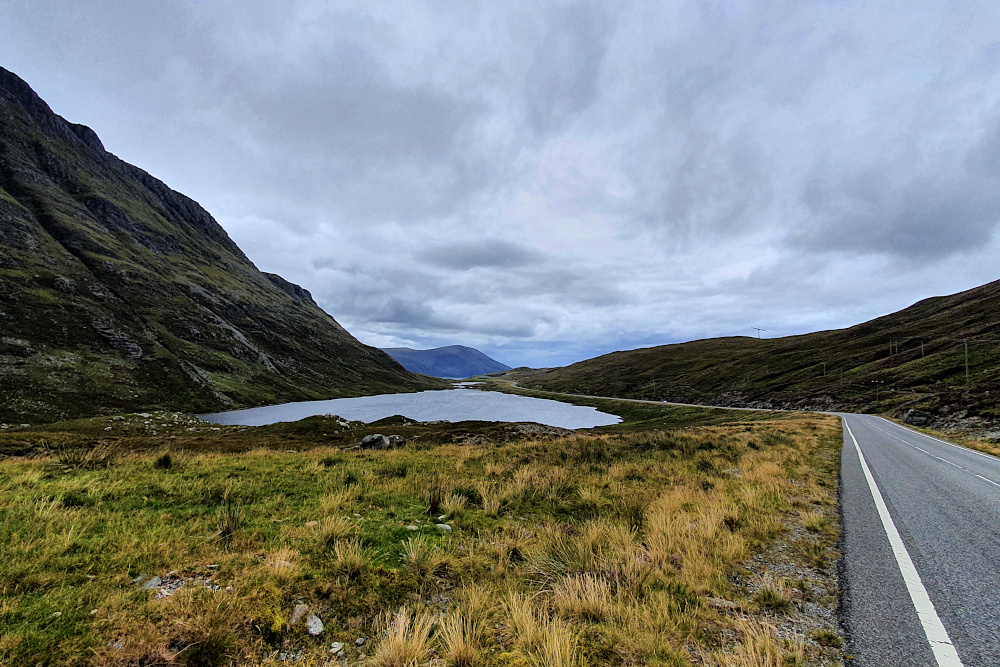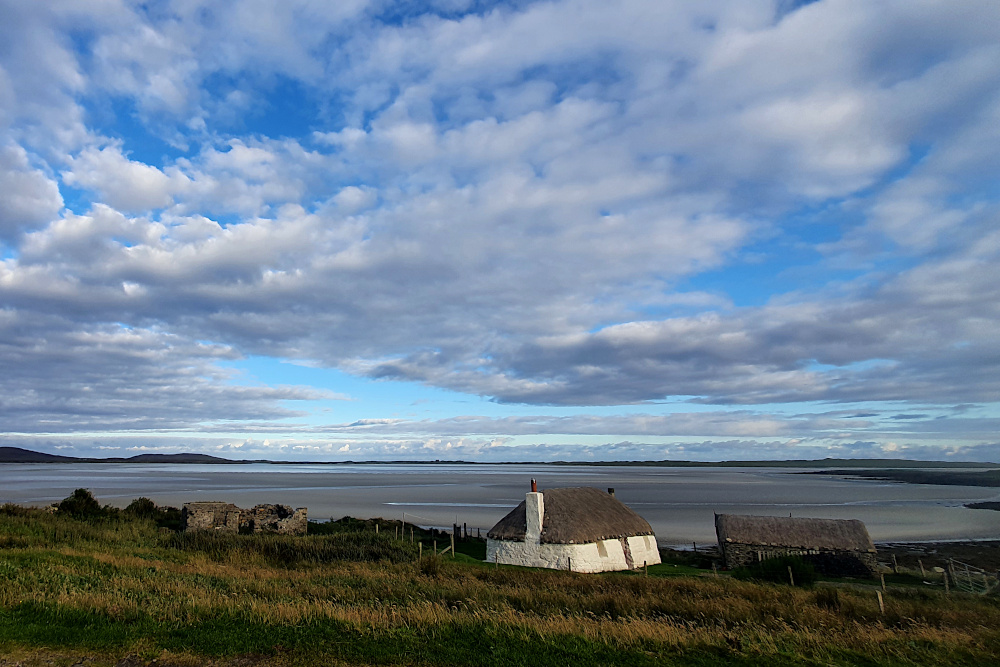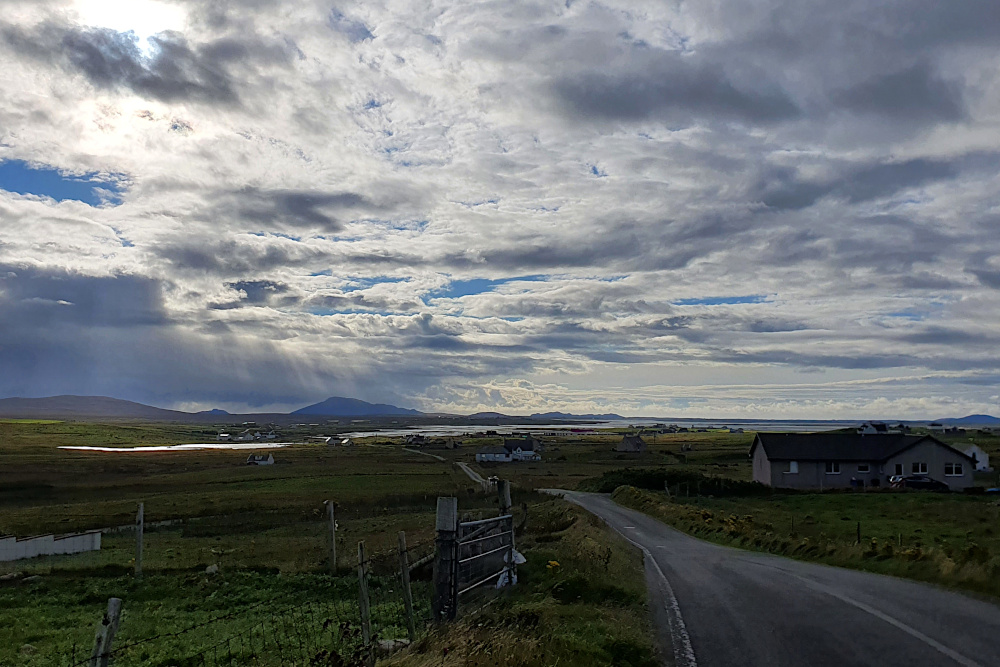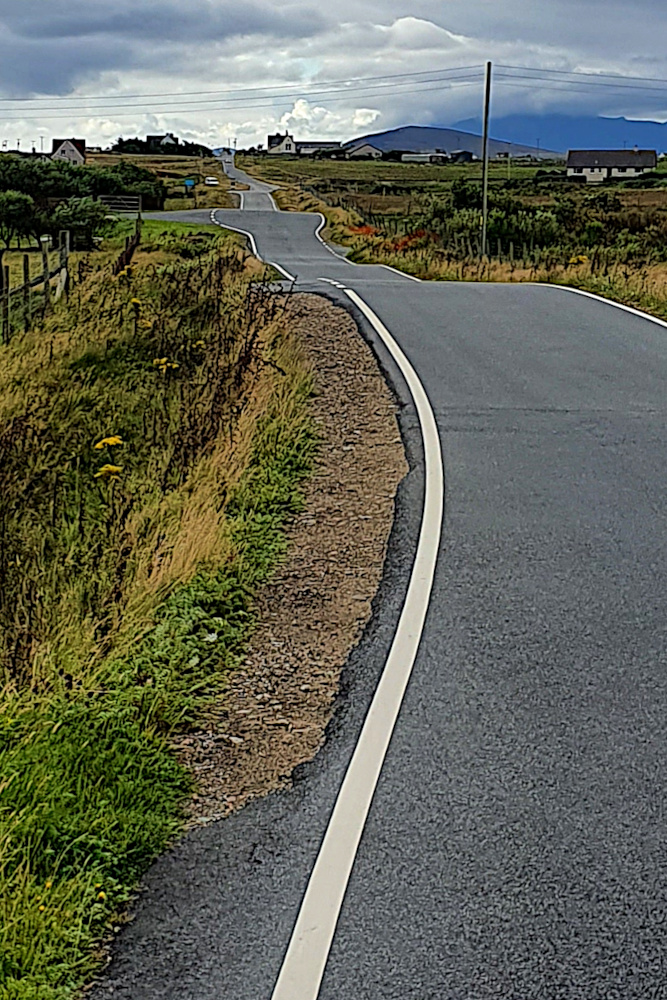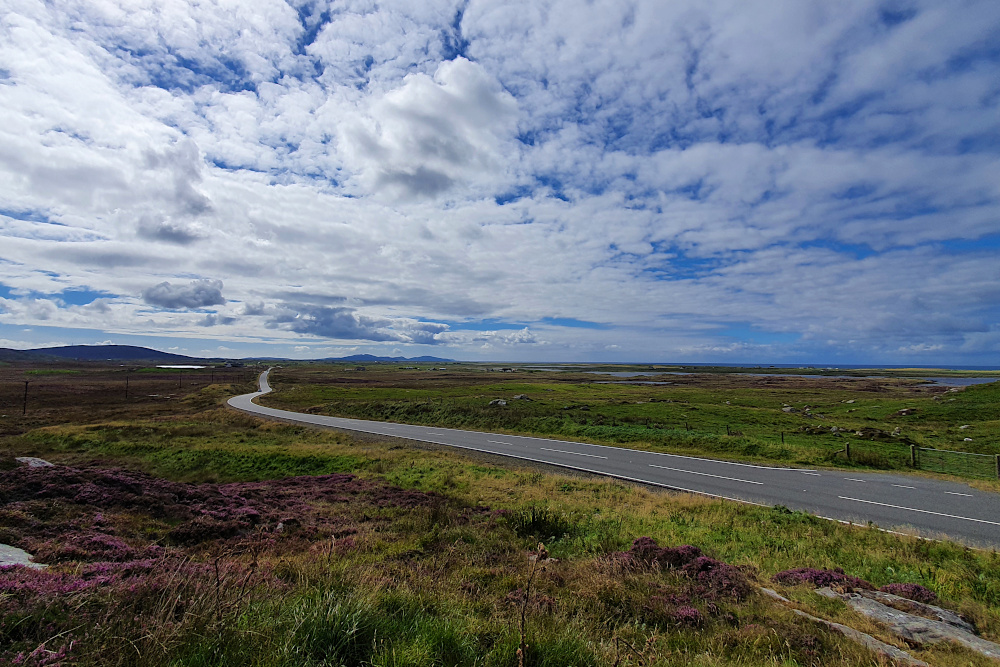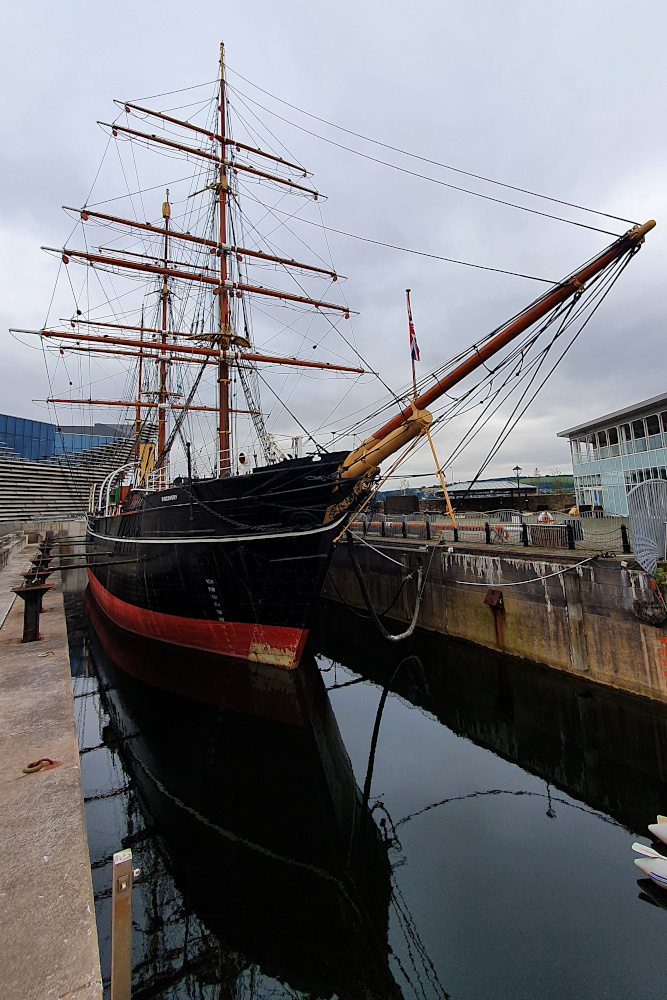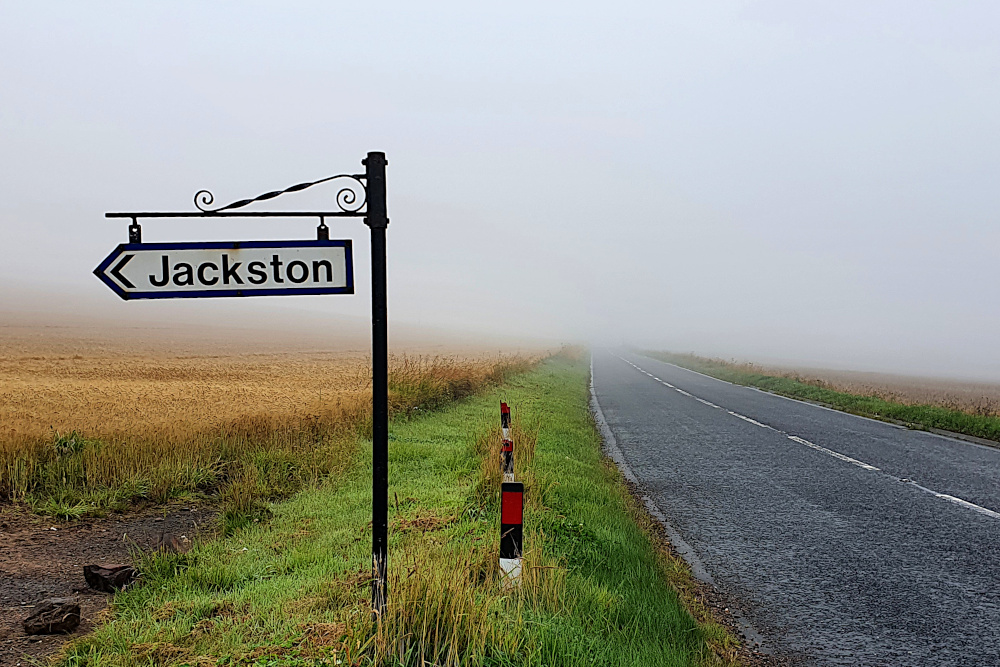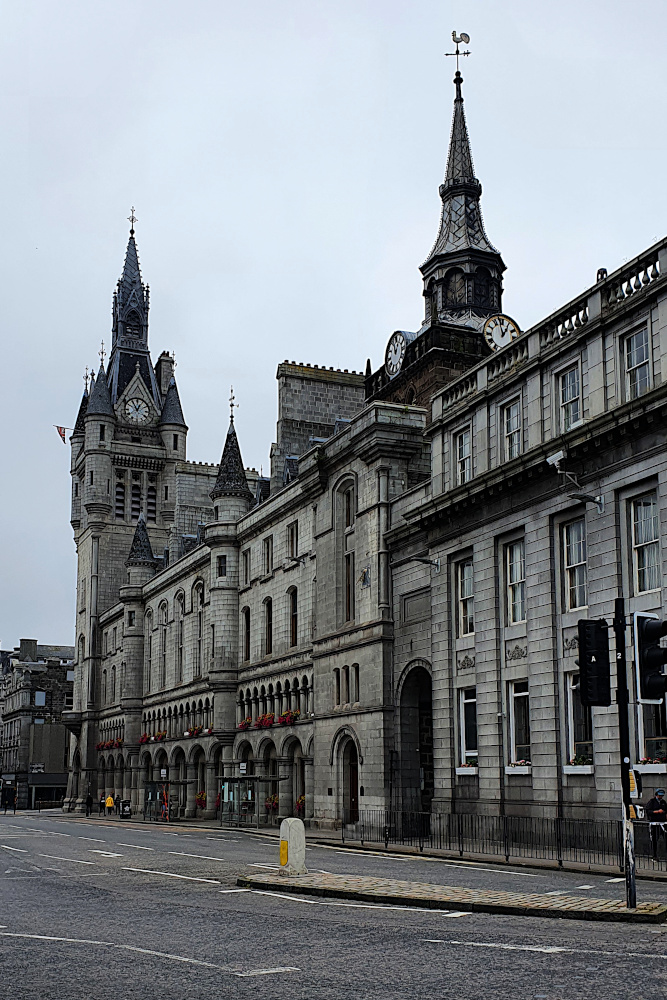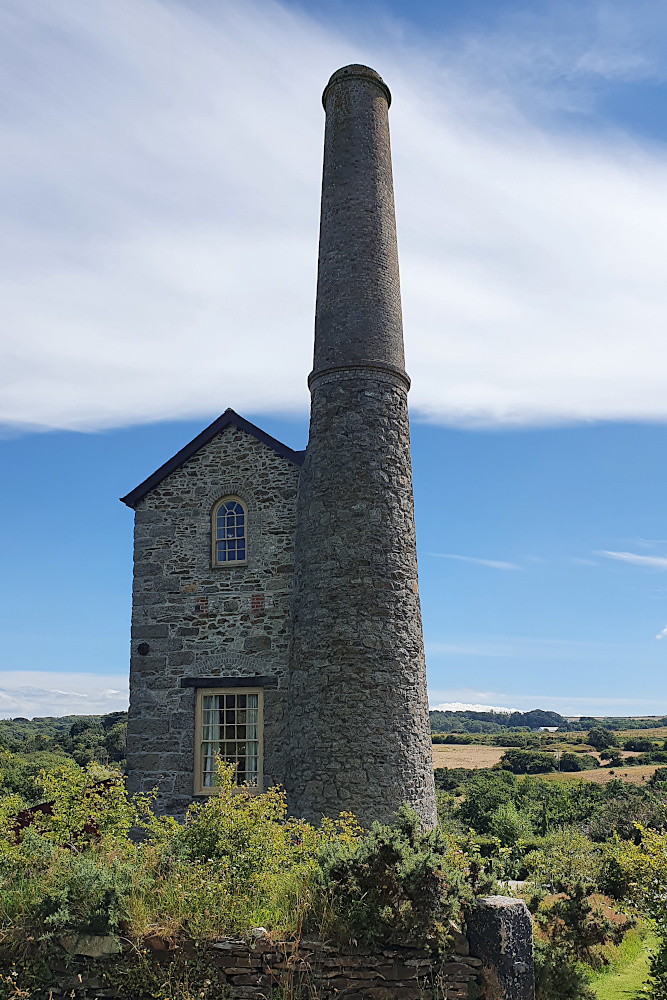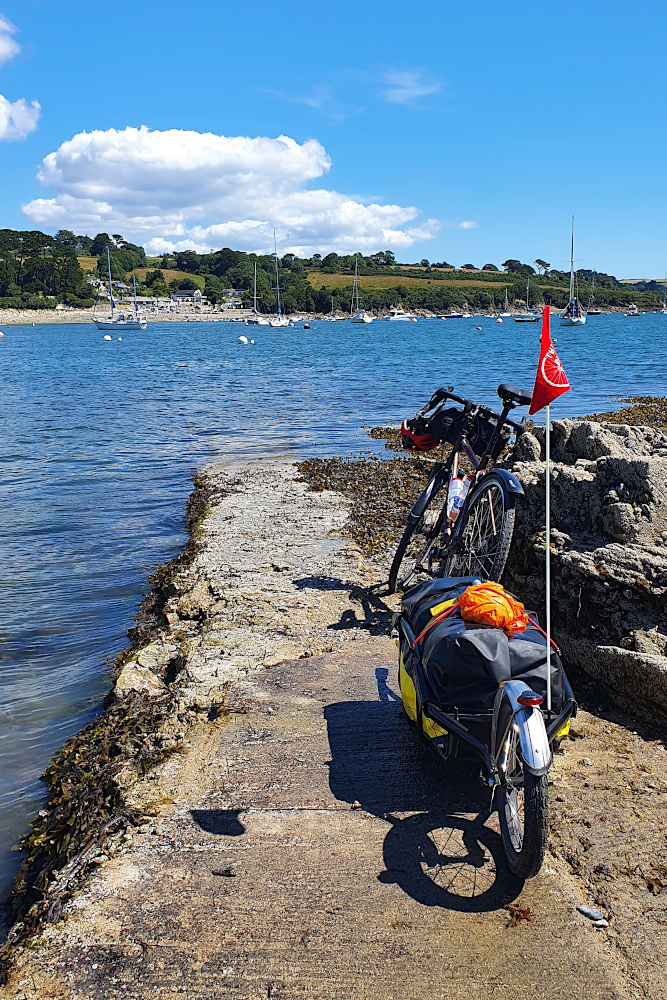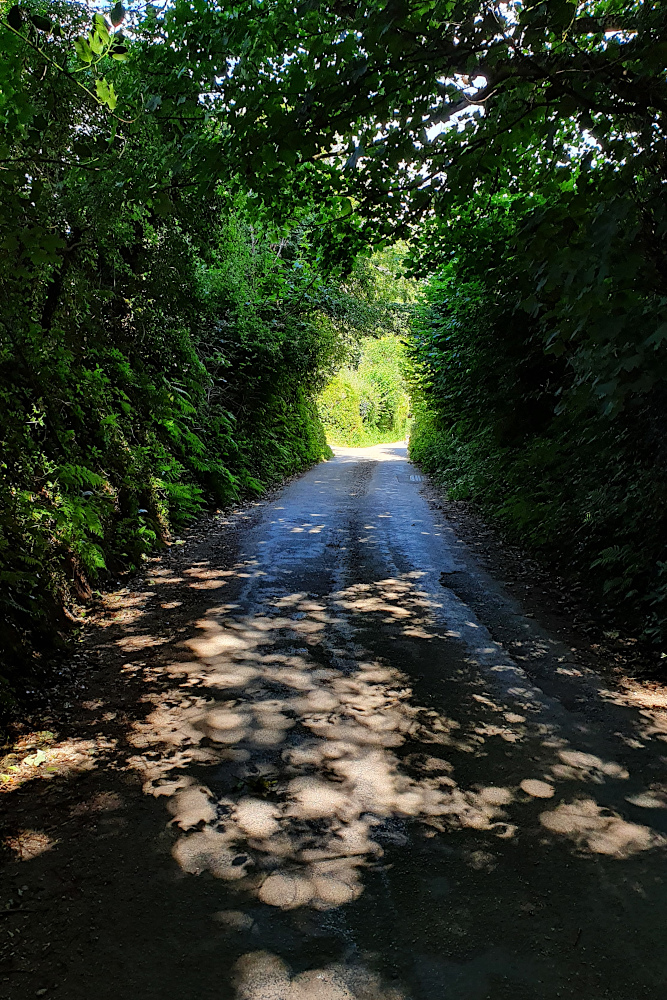The Brecon Beacons were not on my initial plan at all.
Riding them would be lumpier than the coast. It would make the end of my trip unnecessarily hard, and also shorter. I’d miss both the big cities of South Wales, and the southernmost point in Wales. And the apparently beautiful Gower Peninsular. All very irritating…
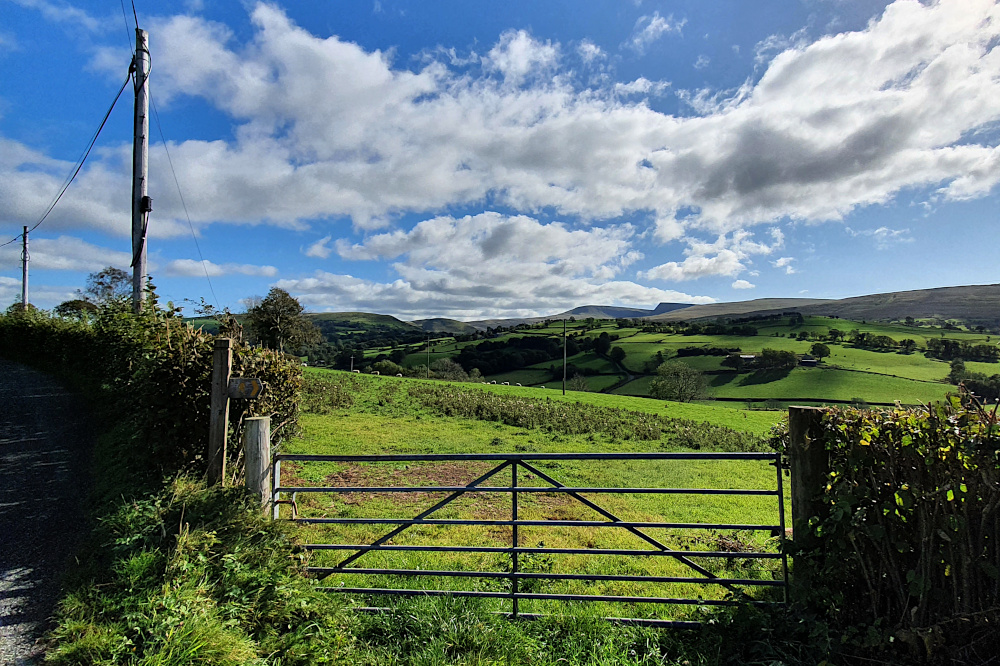
But, as the clunking fist of Welsh Covid restrictions tightened its grip across the region, it became clear that the detour away from the coast was a good move. Partly because climbing a range of big hills isn’t really all that bad, at least when they look this good.
And partly because the few areas of South Wales which were still navigable when I started out were locked down by yesterday (Sunday), making ‘non-essential travel’ illegal as well as very difficult.
If I’d stayed on the coast, I’d either still be firmly stuck there, or would be finishing the tour on a train instead of under my own steam. Neither of those outcomes would be entirely satisfactory.
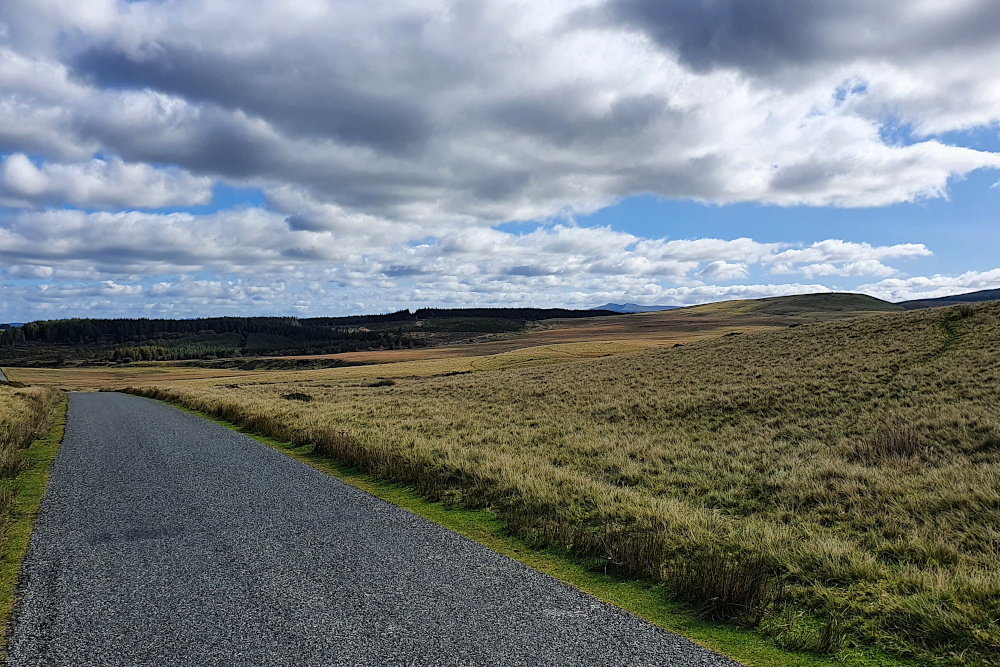
Instead, the biggest climb was over by Saturday lunchtime, and I was admiring the views that usually come from a little bit of altitude. The Brecons are also one of the UK strongholds of the once-extinct Red Kite, and I was lucky enough to watch a magnificent bird of prey riding the thermals over the tops for a few minutes.

Then it was a fast drop into the Usk valley, before a long, gently downhill (if slightly undulating) afternoon, including a nice stretch on the canal towpath out of Brecon, above.
After a bit over 100kms, my penultimate day on the road was over. I was only a relatively short day’s ride from home, and within a couple of hours of the English border. With worrying about the restrictions, re-planning my direction, and a slightly shorter line than the original coastal route, I’d barely noticed that the ride was basically done.
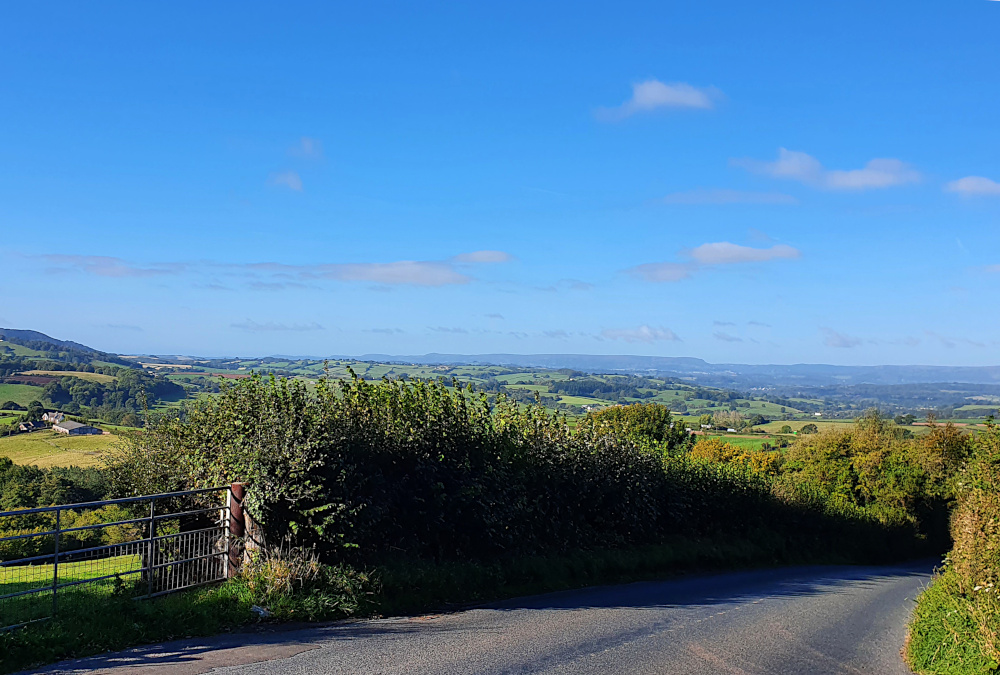
A cold but sunny start yesterday (Sunday), with a northerly wind pushing me straight towards Bristol, and home. Things speeded up with the tailwind. Breakfast in the cold, some country lanes, one more proper hill before the drop to the River Severn. A nice view back into the Welsh countryside from the top of my last 15% ramp (above).
Blown along the ridge above the Wye Valley through Devauden. An even higher-speed drop to Chepstow racecourse, and a gentle but quick run along the gently descending bypass to the original Severn Bridge. The end of Wales. Which, with castles and kites and spectacular coastlines, was actually pretty good, despite the Covid-related frustrations. Diolch, Gymru!

I got to the middle of the mighty River Severn, suspended between Wales and England, before I decided I needed to slow down a little. And actually enjoy the end of the trip, rather than just hammering towards it. I had to slow down and smell the roses, or wake up and smell the coffee. Or something like that.
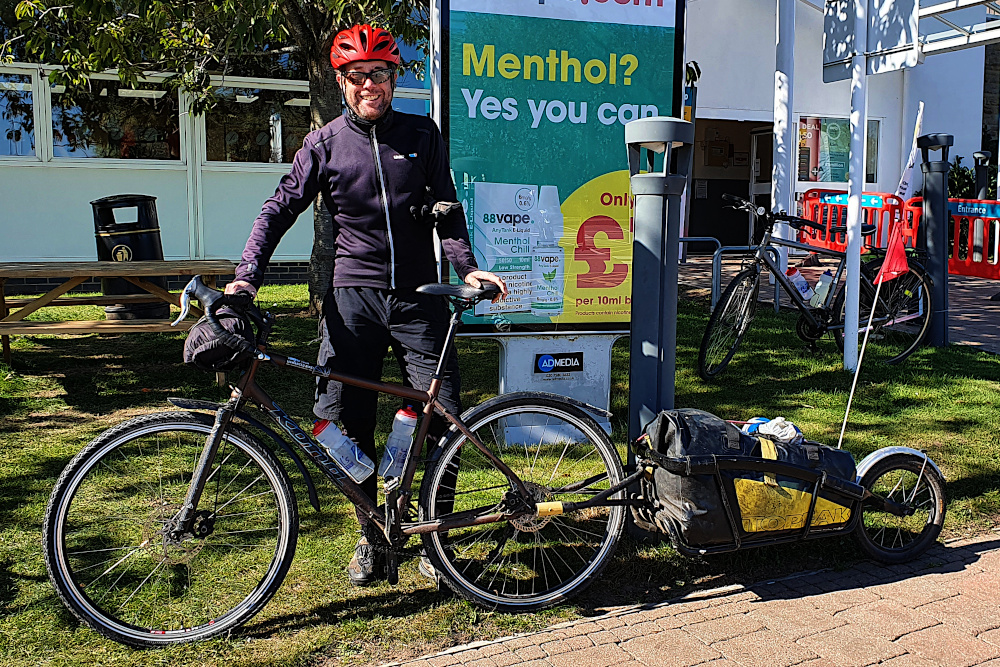
As it happened, it was smelling (and drinking) the coffee. Dan from Bool’s Bicycles and a mate of his were (almost coincidentally) crossing the bridge in the other direction for a couple of days away, so it was a cuppa and a chat at a legendarily disappointing service station, just into England.
And a rare opportunity to get a picture of the bike, trailer and me all together. Stylish, huh? With possibly the least inspiring background of the whole trip, too…

A gentle and flat drift along the floodplains on the Bristol side of the Severn. Marvelling at the industrial warehouses, incinerators and giant wind turbines. It’s not the way I’d normally choose to head into central Bristol – there are plenty more direct and more scenic options.
But there’s one big benefit of putting up with the industrial detritus out by the Severn. It means you can follow the River Avon into town, through the gorge. And there’s really only one proper way to enter Bristol centre after a long trip away – under the Clifton Suspension Bridge on a lovely sunny afternoon. Not too bad…
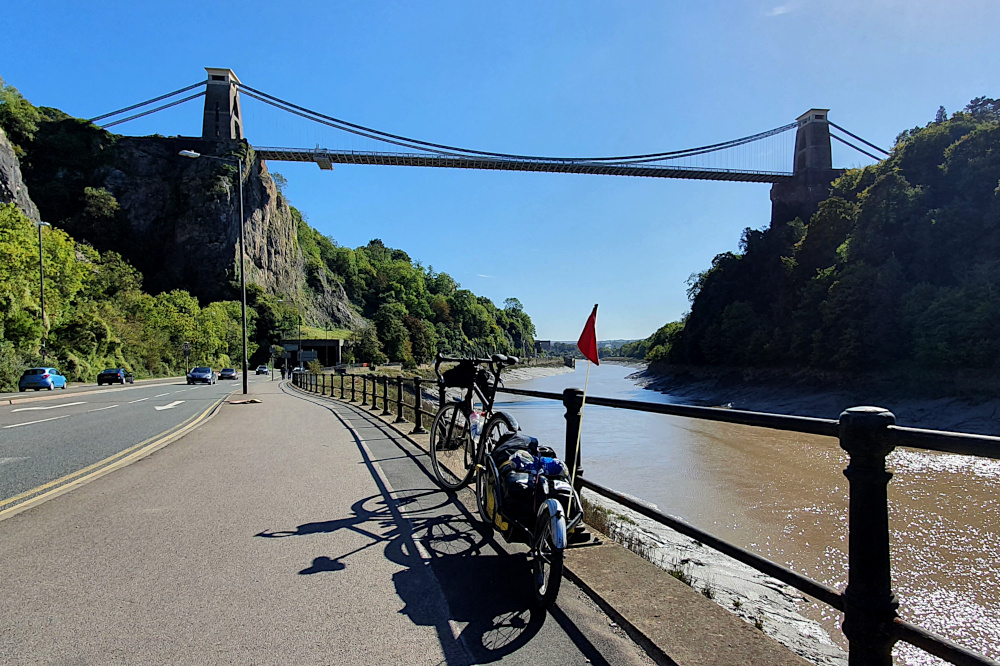
I trundled gently home through the city, past surprisingly large crowds of drinkers on the quays, soaking up the sunshine before the depressing prospect of a dark and virus-dominated autumn and winter.
The post mortem starts almost immediately. Another big ride done. The four corners of the UK covered. A suspiciously round number of miles under the wheels. The mixed feelings of satisfaction at finishing, and wishing that the ride would go on for longer. The warped sense of time that makes it feel like I’ve been away for years, even though it’s been less than 80 days.
And the question that always surfaces for me at the end of a big trip…
Right, then. Where next?


